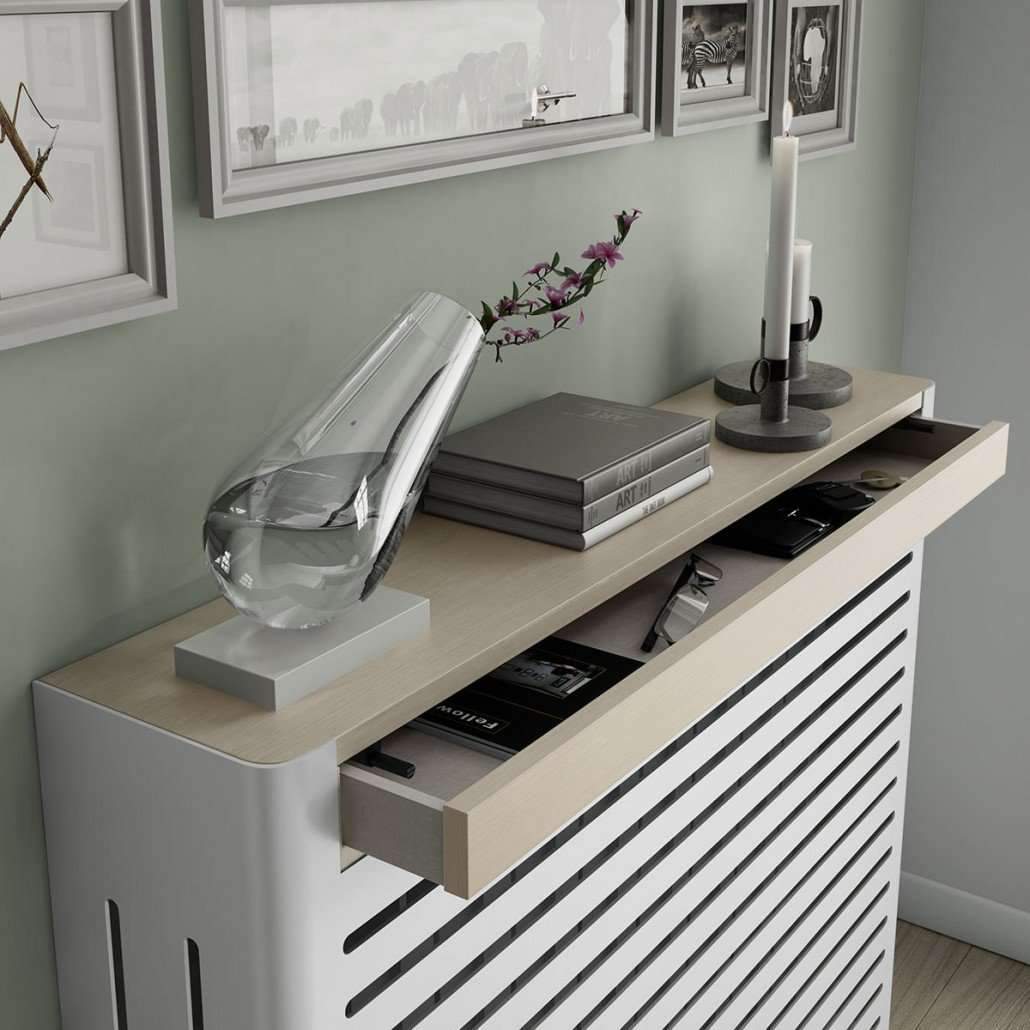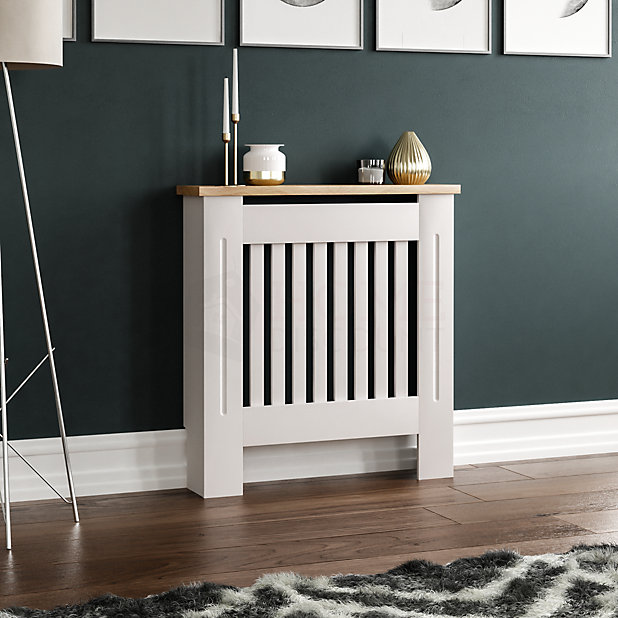Radiator Covers: Understanding Products, Layouts, and Advantages
Radiator covers offer both visual and functional functions within a home, providing a range of materials such as wood, metal, and MDF to suit different design choices. Picking the best radiator cover entails understanding the subtleties of products, designs, and their linked benefits.
Types of Products


Wooden covers, often crafted from woods such as oak or maple, offer a timeless, warm look that matches typical interiors. Their resilience and capacity to be discolored or repainted add to their versatility. Metal covers, typically made from steel or aluminum, are preferred for their toughness and modern look, often featuring streamlined lines that enhance modern spaces.
MDF, a produced timber product, is prominent for its cost-effectiveness and convenience of customization. It can be repainted or ended up to match existing decor while using a smooth surface area. Plastic covers, while less typical, are light-weight and resistant to wetness, making them ideal for humid settings.
Inevitably, the option of product for a radiator cover should line up with the house owner's design choices, functional requirements, and the details environment where the cover will be set up. Each material uses an unique personality, making certain that there is an alternative to match every preference and setup.
Popular Layout Styles
Stressing visual allure, preferred layout styles for radiator covers mirror a variety of preferences and interior decoration patterns. Conventional styles typically feature elaborate woodwork and elaborate outlining, making them appropriate for timeless or vintage-inspired insides. These covers usually include sculpted aspects, providing a warm and inviting feeling to any type of space.
In contrast, contemporary layouts concentrate on minimalist aesthetic appeals, defined by clean lines and underrated style. Products such as metal or streamlined timber with a smooth surface are typically used, permitting these covers to blend seamlessly right into modern-day areas. Industrial styles, on the various other hand, accept raw materials like exposed steel and concrete, including a bold statement to loft space or metropolitan setups.
For those looking for a distinct touch, bespoke designs offer customization options that satisfy individual choices, enabling house owners to select colors, patterns, and products that complement their decoration. In addition, farmhouse-style covers integrate rustic components, including distressed timber and straightforward types that stimulate a cozy, country beauty.
Advantages of Radiator Covers
Radiator covers not only improve the visual appeal of a space yet also offer numerous sensible advantages that make them a rewarding addition to any kind of home. One of the key advantages is security, specifically in households with kids or pet dogs. Covers reduce the risk of burns from warm radiator surfaces, making certain a safer setting.
Additionally, radiator covers can improve energy performance. By directing heat into the space instead of allowing it to escape, they help keep a constant temperature level, reducing home heating expenses gradually. This is specifically useful in older homes where radiator systems may be less effective.
One more noteworthy benefit is noise reduction. Radiators can often create unwanted audios during procedure, and covers can assist smother these sounds, adding to a much more relaxed home. Moreover, radiator covers can be functional, supplying additional storage or display room, thereby maximizing the utility of often-overlooked areas.
Finally, they can safeguard radiators from dirt and particles, which can impede efficiency and boost maintenance requirements. With these integrated advantages, radiator covers become a functional service for enhancing both the performance and style of any type of home setting.
Installment Factors To Consider
Mounting radiator covers calls for cautious consideration to guarantee both functionality and security (Radiator cover). Initially, evaluate the dimensions of your radiator and the surrounding area to make certain an appropriate fit. Precise dimensions are vital; an ill-fitting cover can block heat flow or develop safety risks
Next, examine the visit the website product of the cover. While timber uses visual charm, steel choices may provide better resilience and warmth resistance. Think about the weight of the cover as well; heavier covers may call for additional support or supports to stay clear of drooping or damage gradually.
Ventilation is an additional crucial element. Covers need to feature sufficient airflow to stop overheating and maintain reliable heating. Seek layouts with slats or openings that enable heat to flow without obstruction.
Furthermore, make sure that the cover is safely installed to avoid crashes, particularly in homes with pet dogs or youngsters. Radiator cover. It's suggested to comply with the manufacturer's setup guidelines very closely and, if essential, get in touch with a professional for complex installments
Maintenance and Care Tips
Correct upkeep of radiator covers look at this site is important for guaranteeing their durability and ideal efficiency. For repainted or wood covers, consider a suitable gloss or protective layer to preserve their appearance.
Inspect the covers regularly for signs of wear or damages, such as fractures or peeling off paint. Attending to these issues immediately can protect against more wear and tear. Guarantee that the covers are safely fastened and examine for any kind of loose screws or installations, as vibrations from the radiator can loosen them gradually.
In cooler months, avoid placing hefty items or decorative items in addition to the radiator covers, as this can impede warm distribution and cause unnecessary anxiety to the structure. Last but not least, consider seasonal upkeep by removing the covers for detailed cleaning and inspection throughout warmer months when the heating system is non-active. Taking on these straightforward treatment ideas will certainly enhance the efficiency and aesthetic charm of your radiator covers, ensuring they offer their function effectively for years to come.

Verdict
In recap, radiator covers serve as aesthetic and practical improvements to property spaces. Careful factor to consider of setup and upkeep further makes certain the durability and performance of radiator covers in any type of home environment.
Radiator covers serve both aesthetic and practical purposes within a home, supplying an array of materials such as metal, wood, and mdf to match various design choices. Picking the appropriate radiator cover entails recognizing the subtleties of materials, layouts, and their connected advantages.Highlighting aesthetic appeal, preferred style styles for radiator covers show a range of tastes and indoor layout trends.Radiator covers not just improve the Visit Your URL aesthetic allure of a room however additionally supply several practical benefits that make them a rewarding addition to any type of home. Think about the weight of the cover as well; much heavier covers may call for extra support or supports to prevent sagging or damage over time.